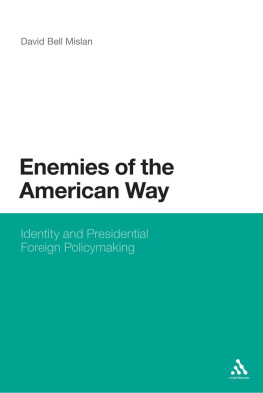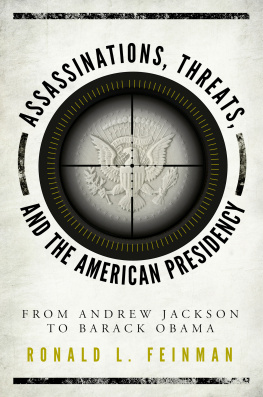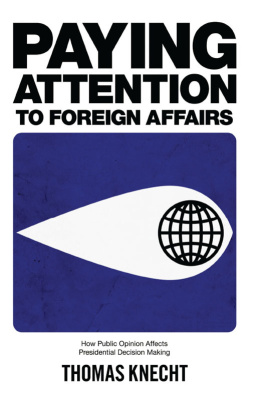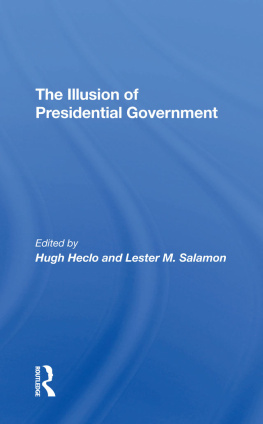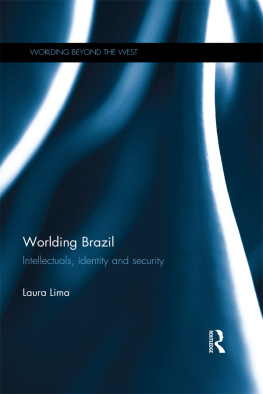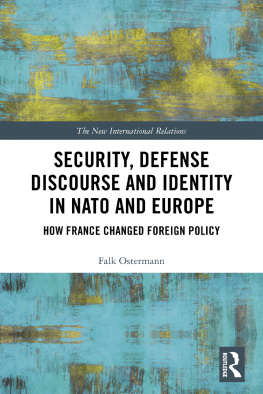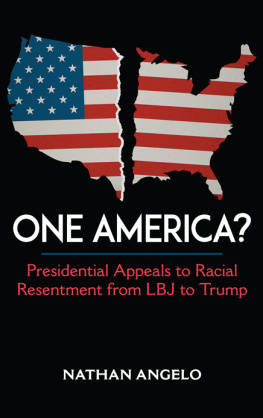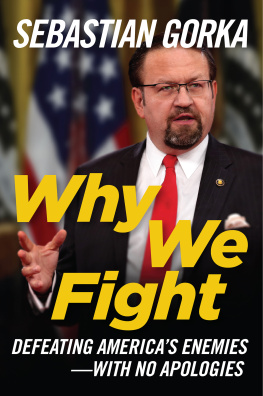Continuum International Publishing Group
80 Maiden Lane, New York, NY 10038
The Tower Building, 11 York Road, London SE1 7NX
www.continuumbooks.com
David Bell Mislan, 2012
All rights reserved. No part of this book may be reproduced, stored in a retrieval system, or transmitted, in any form or by any means, electronic, mechanical, photocopying, recording, or otherwise, without the permission of the publishers.
e-ISBN: 978-1-4411-8884-7
Library of Congress Cataloging-in-Publication Data
A catalog record of this title is available from the Library of Congress
Typeset by Deanta Global Publishing Services, Chennai, India
One thing is for certainthe presidents helm, his office, is his most powerful and prominent asset. The American president has never possessed as much power and influence in foreign policymaking as he does today. His port and course, however, are more elusive.
History shows that presidents set different courses while they are at the helm. There has never been a lasting consensus on the American national interest or grand strategy. Foreign policy analysts argue whether this disagreement is a matter of changes in the international system or is simply a consequence of the different personalities, cognition, or worldviews of the men in charge. One possible explanation is that presidents chart different courses because they see different dangers in the sea ahead.
When presidents influence foreign policy, they take into account the threats that they identify beyond the waters edge. These threats are central to their understanding of the world and the prospects for Americas role in it. If two consecutive presidents identify different threats, they will ultimately advocate different foreign policies.
Thinking about threat and its relationship to foreign policymaking raises certain questions. Who is a threat? What is threatened? Why is the threat threatening? This book is an attempt to engage these questions by looking at the process of threat identification in foreign policymaking. In particular, it seeks to understand why presidents identify threats differently when confronted with substantially similar scenarios.
A case in point is the rogue state threat. The notion of rogue states did not exist before the former Bush (41st) administration. In fact, its origin is difficult to pin down. Before the rogue state label emerged, its distant relativepariah statewas used by policymakers but was not considered to be a threat. Policymakers in the 1970s and 1980s criticized pariah states for their mistreatment of their inhabitants, but they did not discuss their foreign policies. Other states that would make the rogues list in the 1990s, like Iraq and North Korea, were originally pariahs. Being identified as a pariah did not equate with being identified as a threat.
The Bush (43rd) administration defined rogue states as those that brutalize their own people and squander their natural resources for the personal gain of the rulers, display no regard for international law, are determined to acquire weapons of mass destruction, sponsor terrorism around the globe, and reject basic human values and hate the United States and everything for which it stands. George W. Bush considered rogue states to be threats to national security and placed Iraq at the top of his foreign policy agenda.
By the start of 2002, Iraqs continued refusal to admit IAEA inspectors and the now dubious intelligence indicating Iraqs acquisition of weapons of mass destruction convinced Bush to address the Iraq threat with a pre-emptive strategy.
While the idea of a rogue state gained popularity over the past 20 years, presidents identification of a rogue state threat varied. Bush (41st) viewed rogue states as a potential threat in the future. Clinton understood rogue states to be nuisances but not imminent threats. Bush (43rd) maintains that rogue states are the preeminent threats in existence today. The Iraq example confounds: Saddam Hussein defied UNSC mandates in 1997 and 1998, yet it appears that Clinton did not find the Iraq threat to be so urgent as to warrant a pre-emptive strike as did in 2002. Why did they disagree on the degree of the rogue state threat? Can we explain the variance with changes to the international system, or is it that different presidents identify threats differently?
Historically, presidents rarely agree on threat. Far more dramatic than the rogue state example was the controversy over threat in the beginning of the nineteenth century. Prior to the War of 1812, Federalists argued that French harassment of American shipping was the greatest threat to the United States and that Great Britain was a natural ally. Anti-Federalists, however, believed that the French were allies against Great Britain, which was also harassing American sailors. John Adams identified France as an enemy while his successor, Thomas Jefferson, viewed Britain as an enemy. From the Quasi-War through contemporary debates over Sino-American relations, Americas foreign policymakers cannot seem to agree on what threatens Americans.
Why do presidents disagree on what is a threat? Considering the importance of threat to the overall determination of foreign policy and the presidents prominent role therein, this book asks a substantial question and presents an answer based on a cognitive-constructivist theory of identity and the study of presidential foreign policymaking during the Gilded Age.
Overview
This book explores the idea of threat in foreign policymaking and then tests a novel theory of identity and threat identification against historical cases. Chapter 1 provides an overview of how political science approaches the analysis of threat identification and outlines three schools of thought that are compared against a new approach, which is the basis of this books argument. It concludes by offering a new theory of foreign policymaking based on rule-based identity (RBI). Chapter 2 establishes that the three last presidents of the nineteenth century identified threats differently and then attempts to explain the variation with three plausible alternate theories. Not finding a satisfactory explanation, the book then offers a comparative case study of the policymaking of Grover Cleveland, Benjamin Harrison, and William McKinley in Chapters 3, 4, and 5, respectively. Finally, the book concludes with Chapter 6, which puts forth a short RBI exploration of presidential threat identification between the end of the Cold War and the 9/11 attacks. Its final pages discuss the theoretical and practical implications of RBI theory on foreign policy analysis.
Acknowledgments
The rationale for this book dates back to 2001, when I began to write a seminar paper for a graduate course at Johns Hopkins. At the time, I wanted to understand why American allies like Japan supported first the Reagan administrations Strategic Defense Initiative and, later, the National Missile Defense program of the Clinton administration. The result of the paper was not only unremarkable, but it also set me on the path toward this book. Through an assortment of interviews and conversations with policymakers and experts, I noticed a peculiar variation in how Americans framed the intended purpose of missile defense. Some people told me that NMD was a necessary protection against rogue states that could not be deterred. Another opinion was that it was akin to a revolution in military affairs that would give the United States an unparalleled advantage in the twenty-first century. One person argued that it was a means to protect American interests from Chinese influence in East Asia. How was I to decide who was right?

